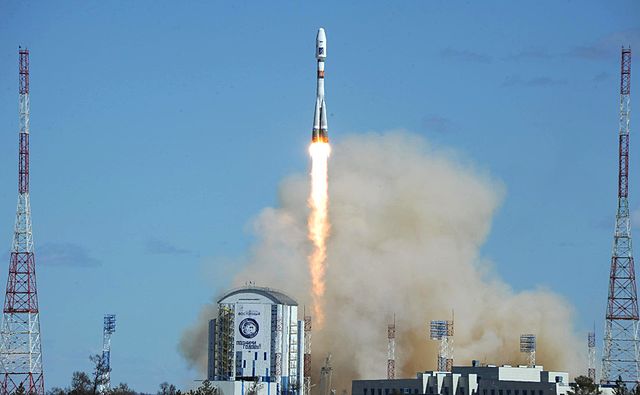Amur Oblast
federal subject of Russia, oblast of Russia From Wikipedia, the free encyclopedia
Remove ads
Amur Oblast (Russian: Аму́рская о́бласть, tr. Amurskaya oblast, IPA: [ɐˈmurskəjə ˈobləsʲtʲ]) is a federal subject of Russia. Specifically, it is an oblast. It is on the banks of the Amur and Zeya rivers in the Russian Far East. The administrative centre (capital city) of the oblast is Blagoveshchensk. Blagoveshchensk is one of the oldest cities in the Russian Far East. It was founded in 1856. It is a center of trade and gold mining. Two major railways run through Amur Oblast. These are the Trans-Siberian Railway and the Baikal-Amur Mainline. As of the 2024 Census, the oblast's population was 750,083.
Amur Krai (Аму́рский край) or Priamurye (Приаму́рье) were unofficial names for the Russian territories by the Amur River. They were used in the old Russian Empire.
Remove ads
Geography
Amur Oblast is in southeast Russia. It is between the Stanovoy Range in the north and the Amur River in the south. It borders the Sakha Republic in the north, Khabarovsk Krai and the Jewish Autonomous Oblast in the east, Chinese Heilongjiang in the south, and Zabaykalsky Krai in the west.
Several mountain ranges rise to the south of Stanovoy Range. This includes the Selemdzha Range parallel to it, as well as the Ezop, Yam-Alin, and the Turan ranges.
Many rivers flow through the oblast, mainly in the north. This gives 75% of the hydropower resources in the Russian Far East. Most of the oblast is in the Amur River's drainage basin. The longest rivers in Amur Oblast include the Amur, Bureya, Gilyuy, Nyukzha, Olyokma, Selemdzha, and Zeya.
Natural resources
Amur Oblast has large reserves of many mineral resources. The proven resources are estimated to be worth US$400 billion. Some of the most important are gold (the largest amounts in Russia), silver, titanium, molybdenum, tungsten, copper, iron, and tin. There are also an estimated 70 billion tons of black coal and lignite reserves.
Remove ads
History
The region has been home to many Mongolic peoples and the Manchus for millennia. It was settled by Russians through the 17th-19th centuries to the present. This growth of Russians was at its height during the building of the Trans-Siberian Railroad and after it was built.
In April 1920, the Far Eastern Republic was created from the Amur, Transbaikal, Kamchatka, Sakhalin, and Primorye regions as a buffer state. It was created to prevent war with Japan. The Far Eastern Republic joined the RSFSR in November 1922. Amur Oblast was created in 1948.
Remove ads
Administrative divisions
The largest urban divisions of the oblast are Blagoveshchensk, Belogorsk, Svobodny, Tynda, and Raychikhinsk.[11]
Demographics
Population: 830,103 (2010 Census);[7] 902,844 (2002 Census);[12] 1,057,781 (1989 Census).[13]
According to the 2010 Census,[14] ethnic Russians, at 775,590, made up 94.3% of the population. Other main ethnic groups include Ukrainians at 16,636 (2%), Belarusians at 4,162 (0.5%), and Tatars at 3,406 (0.4%). The rest of the residents identified with over 120 different ethnic groups. Each of these smaller ethnic groups made up less than 0.5% of the population.
Largest cities and towns
Remove ads
Economy

Gross regional product per capita in 2007 was 131,039.60 rubles, while the national average was 198,817 rubles.[15]
Sister province
References
Other websites
Wikiwand - on
Seamless Wikipedia browsing. On steroids.
Remove ads







